Understanding Birdeater Tarantula Bites
Birdeater tarantulas, members of the Theraphosidae family, are among the largest spiders in the world, and while their bites are rarely life-threatening to humans, understanding how to treat a birdeater tarantula bite is crucial. These spiders, known for their impressive size and often vibrant colors, possess fangs capable of injecting venom. The effects of a bite can vary depending on the amount of venom injected and the individual’s sensitivity. Knowing the potential reactions and the appropriate first aid measures can significantly improve the outcome and reduce discomfort. This article will explore the symptoms, immediate care, and long-term considerations associated with a birdeater tarantula bite, providing a comprehensive guide to ensure a safe and informed response.
Symptoms of a Birdeater Tarantula Bite
The symptoms of a birdeater tarantula bite can manifest in various ways, and understanding these reactions is vital for proper assessment and treatment. Symptoms can range from mild localized discomfort to more severe systemic reactions. It’s essential to distinguish between immediate and delayed symptoms to provide the most effective care. The severity of the bite depends on several factors, including the size of the tarantula, the amount of venom injected, and the individual’s sensitivity to the venom. Recognizing the signs and symptoms can help individuals seek timely medical attention and manage the situation effectively.
Immediate Reactions
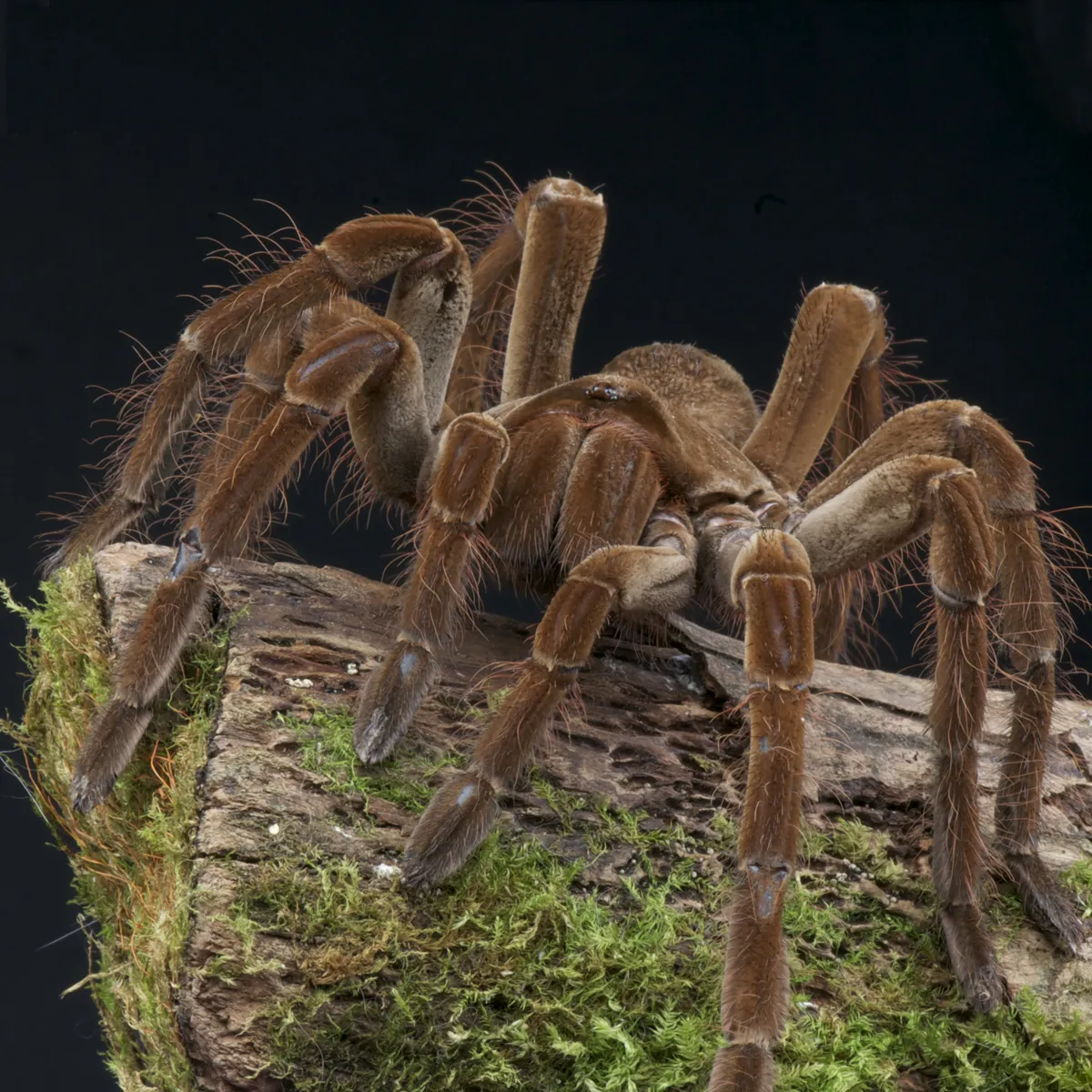
Immediate reactions to a birdeater tarantula bite typically occur within minutes of the bite and often involve localized pain and swelling at the bite site. The pain can vary from a mild stinging sensation to a sharp, burning pain. Redness and inflammation around the bite are also common, and in some cases, small puncture wounds may be visible. Other immediate symptoms might include itching, muscle cramps, and localized numbness or tingling. These initial reactions are the body’s immediate response to the venom. In rare instances, individuals may experience more severe immediate reactions, such as difficulty breathing or severe allergic reactions, necessitating immediate medical intervention.
Delayed Reactions
Delayed reactions to a birdeater tarantula bite can appear hours or even days after the initial bite. These symptoms might include more extensive swelling, persistent pain, and the development of blisters or skin lesions around the bite site. Some individuals may experience systemic symptoms, such as fever, chills, headache, or nausea. In rare cases, more severe delayed reactions, such as muscle spasms or joint pain, can occur. Monitoring for delayed reactions is crucial, as they may indicate an allergic response or the need for further medical evaluation. If any concerning symptoms appear, seeking medical advice is essential to ensure proper management and prevent complications.
First Aid for Birdeater Tarantula Bites
Administering prompt and appropriate first aid is essential after a birdeater tarantula bite to minimize discomfort and potential complications. First aid measures aim to reduce the spread of venom, alleviate pain, and prevent infection. Knowing the correct steps to take can significantly improve the outcome and speed up recovery. Immediate actions can make a substantial difference in reducing the severity of symptoms and ensuring the individual’s well-being. This section provides a detailed guide to the essential first aid procedures for birdeater tarantula bites.
Step-by-Step First Aid Guide
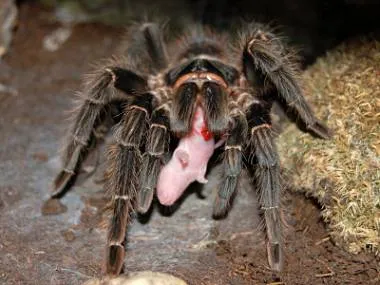
The following steps provide a clear and concise guide to the first aid procedures for a birdeater tarantula bite. Following these instructions can help in managing the immediate effects of the bite and reduce the risk of complications. Remain calm and act quickly, as prompt action is key to managing the situation effectively. Ensure you are in a safe environment and that you are able to assist the person bitten without putting yourself at risk. Always prioritize seeking medical attention if the symptoms are severe or if there are any signs of an allergic reaction.
Washing the Wound
The first step in treating a birdeater tarantula bite is to wash the wound thoroughly with soap and water. This helps to remove any remaining venom from the surface of the skin and reduces the risk of infection. Gently wash the area, ensuring that all soap is rinsed off. Avoid scrubbing the wound vigorously, as this can cause further irritation and potential damage to the skin. Use clean water and a mild soap to minimize the risk of allergic reactions. After washing, gently pat the area dry with a clean towel. This step is critical in preventing secondary infections.
Applying a Cold Compress
Applying a cold compress or ice pack to the bite site can help reduce pain, swelling, and inflammation. Wrap the ice pack in a cloth to prevent direct contact with the skin. Apply the cold compress for 10-15 minutes at a time, with breaks in between to avoid frostbite. The cold helps constrict blood vessels, which can slow the absorption of the venom and reduce swelling. This simple remedy can provide immediate relief from discomfort. Monitor the skin for any adverse reactions, such as excessive redness or blistering, and adjust the application time as needed.
Seeking Medical Attention
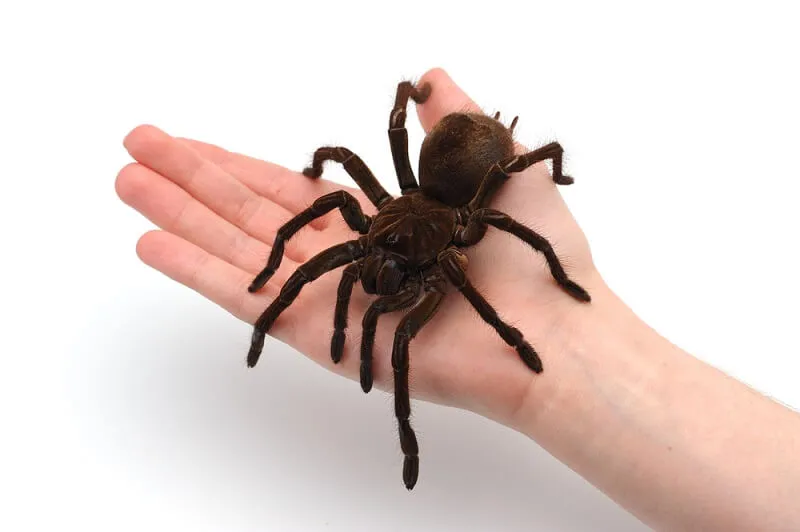
While most birdeater tarantula bites are not life-threatening, it’s important to know when to seek medical attention. Certain symptoms or circumstances warrant immediate medical evaluation to ensure the best possible outcome. Recognizing the signs that indicate a need for professional care can prevent complications and ensure appropriate treatment. Prompt medical attention can make a significant difference in managing the effects of a bite and preventing long-term issues. This section outlines the situations that require a visit to a healthcare professional.
When to See a Doctor
It is essential to consult a doctor immediately if you experience any severe symptoms or if you observe any signs of an allergic reaction. These include difficulty breathing, swelling of the face or throat, dizziness, or severe pain. Other reasons to seek medical attention include persistent or worsening symptoms despite first aid, signs of infection such as increased redness, warmth, or pus, and if the individual bitten has underlying health conditions or is a child. Don’t hesitate to seek professional medical help if there are any concerns about the bite. Early intervention is always the best approach to minimize potential health risks.
What to Expect at the Doctor’s Office
When visiting a doctor for a birdeater tarantula bite, the healthcare provider will likely assess the bite site, inquire about symptoms, and perform a general physical examination. Be prepared to provide details about the bite, including when and where it occurred, and any initial first aid measures taken. The doctor may administer pain relief medication, antihistamines for allergic reactions, or antivenom in rare cases. They may also advise on how to care for the bite at home and schedule a follow-up appointment to monitor the healing process. Always follow the doctor’s instructions carefully and report any changes in symptoms or condition promptly.
Treatment Options for Birdeater Tarantula Bites
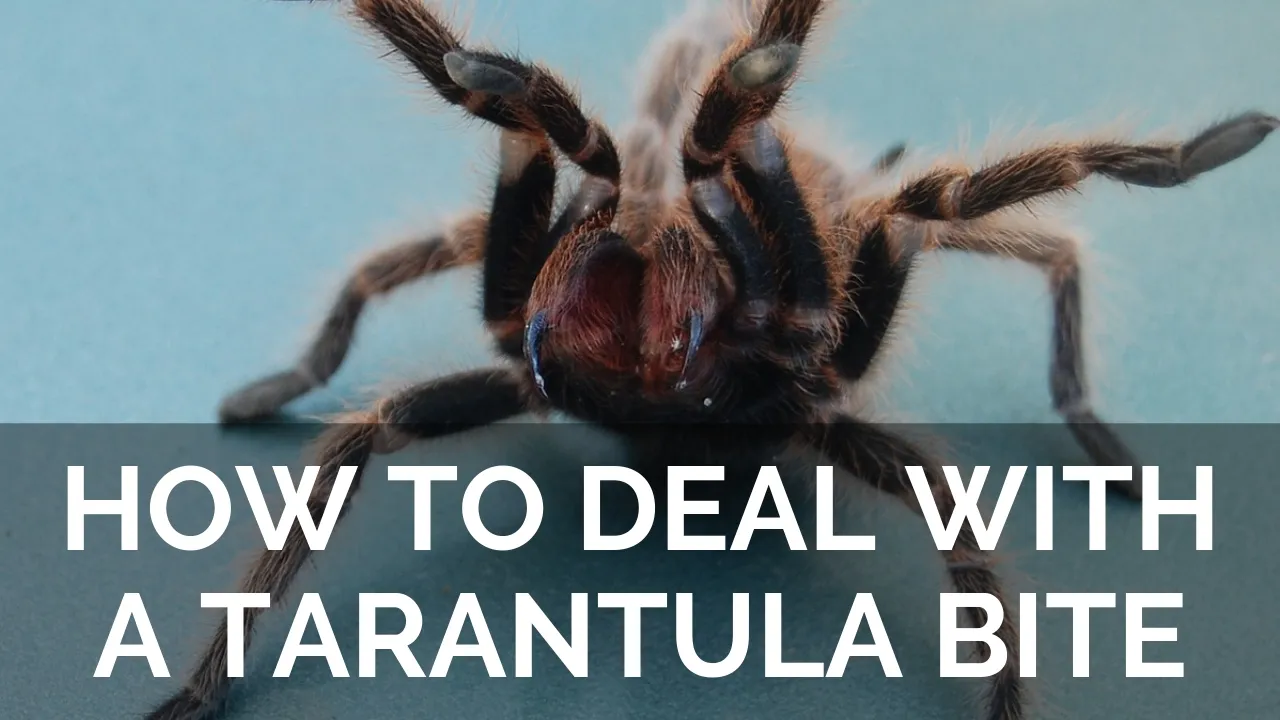
The treatment options for birdeater tarantula bites are designed to address the symptoms, manage pain, and prevent complications. The specific treatments will depend on the severity of the bite, the individual’s health, and any allergic reactions. Understanding the various treatment approaches helps in providing appropriate care and ensuring the best possible recovery. Medical professionals tailor treatment plans to the individual’s needs, and it’s essential to follow their recommendations closely. This section covers the common treatment options used for birdeater tarantula bites.
Pain Management
Pain management is a crucial aspect of treating a birdeater tarantula bite. Over-the-counter pain relievers, such as ibuprofen or acetaminophen, can help to alleviate mild to moderate pain. For more severe pain, a doctor may prescribe stronger pain medications. Applying a cold compress or ice pack to the bite site can also help to reduce pain and inflammation. The goal is to provide relief and make the individual as comfortable as possible. Following the doctor’s instructions for pain management is vital, and reporting any persistent or worsening pain to the healthcare provider is essential.
Managing Allergic Reactions
If an allergic reaction occurs after a birdeater tarantula bite, immediate treatment is essential. Antihistamines can help to reduce symptoms such as itching, swelling, and hives. For more severe allergic reactions, such as difficulty breathing or throat swelling, a doctor may administer epinephrine. It is important to seek medical attention immediately if any signs of an allergic reaction are present. Prompt intervention can prevent potentially life-threatening complications. People with a history of allergies should always carry an epinephrine auto-injector as a precaution. Always follow medical advice and report any severe allergic symptoms.
Preventing Infections
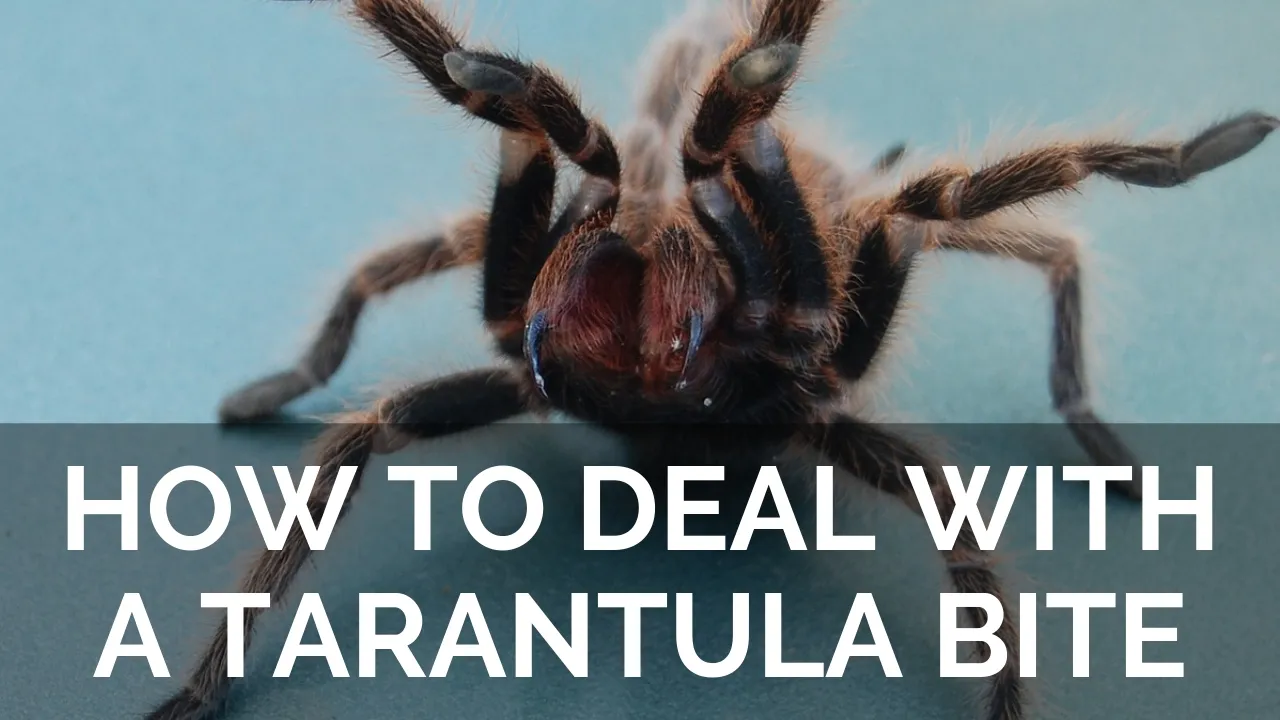
Preventing infection is an essential part of the recovery process. Clean and dress the bite wound to avoid infection. The doctor might prescribe antibiotics if an infection develops. Ensure the area around the bite is kept clean and dry. Monitor the bite site for any signs of infection, such as increasing redness, warmth, or pus. If any signs of infection appear, seek immediate medical attention. Following the doctor’s instructions on wound care and medication is essential to prevent the spread of infection. Regular follow-up appointments may be needed to monitor the healing process and to ensure that no complications develop.
Recovery and Aftercare
Proper recovery and aftercare are critical for ensuring a full recovery from a birdeater tarantula bite. Following the healthcare provider’s recommendations and taking specific steps can speed up the healing process and minimize the risk of complications. During recovery, it’s important to monitor the bite site, attend follow-up appointments, and be vigilant for any signs of long-term effects. Proper aftercare can improve the overall outcome and ensure that the individual returns to their normal activities as soon as possible. This section outlines the key aspects of recovery and aftercare.
Monitoring the Bite Site
Regularly monitor the bite site for any changes or signs of infection. Look for increasing redness, swelling, warmth, or the presence of pus. If any of these signs appear, seek medical attention immediately. Keep the bite site clean and dry, and change any dressings as directed by a healthcare provider. Keep a record of any symptoms you experience and report them during follow-up appointments. Consistent monitoring of the bite site allows for the early detection of complications and ensures that appropriate measures are taken to prevent further issues.
Follow-up Appointments
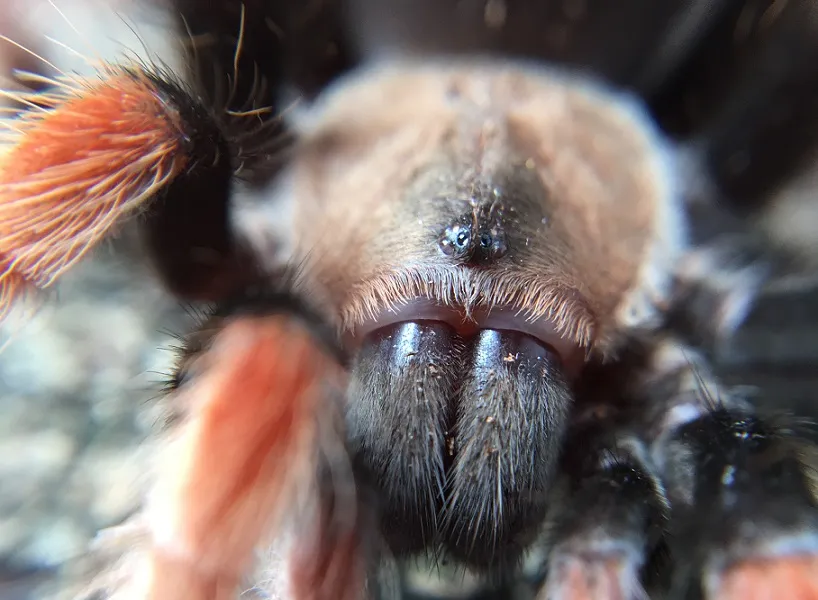
Attend all scheduled follow-up appointments with your healthcare provider. These appointments allow the doctor to assess the healing process, monitor for any complications, and provide additional care as needed. During these visits, report any new or worsening symptoms, and ask any questions you may have. Follow-up appointments are essential to ensure a full recovery and to prevent long-term effects. Your doctor will be able to provide personalized advice and address any concerns you might have, helping you to get back to your normal life as quickly and safely as possible.
Long-Term Effects and Complications
While most birdeater tarantula bites do not result in long-term effects, it’s essential to be aware of the potential complications. These complications, though rare, can impact an individual’s health and well-being. Understanding the possible long-term effects and how to manage them helps in ensuring that all concerns are addressed and that the individual receives the best possible care. This section discusses potential complications and how to manage them effectively.
Potential Complications
Potential long-term complications of a birdeater tarantula bite can include persistent pain, nerve damage, allergic reactions, or secondary infections. In rare cases, severe allergic reactions can lead to more serious health issues. It is important to seek medical attention if any long-term symptoms develop. Early diagnosis and treatment can improve the outcome and minimize the risk of permanent damage. Regular check-ups and monitoring for any persistent issues are essential to ensure overall health. Prompt and appropriate medical care minimizes complications and ensures a full recovery.
Preventing Future Bites
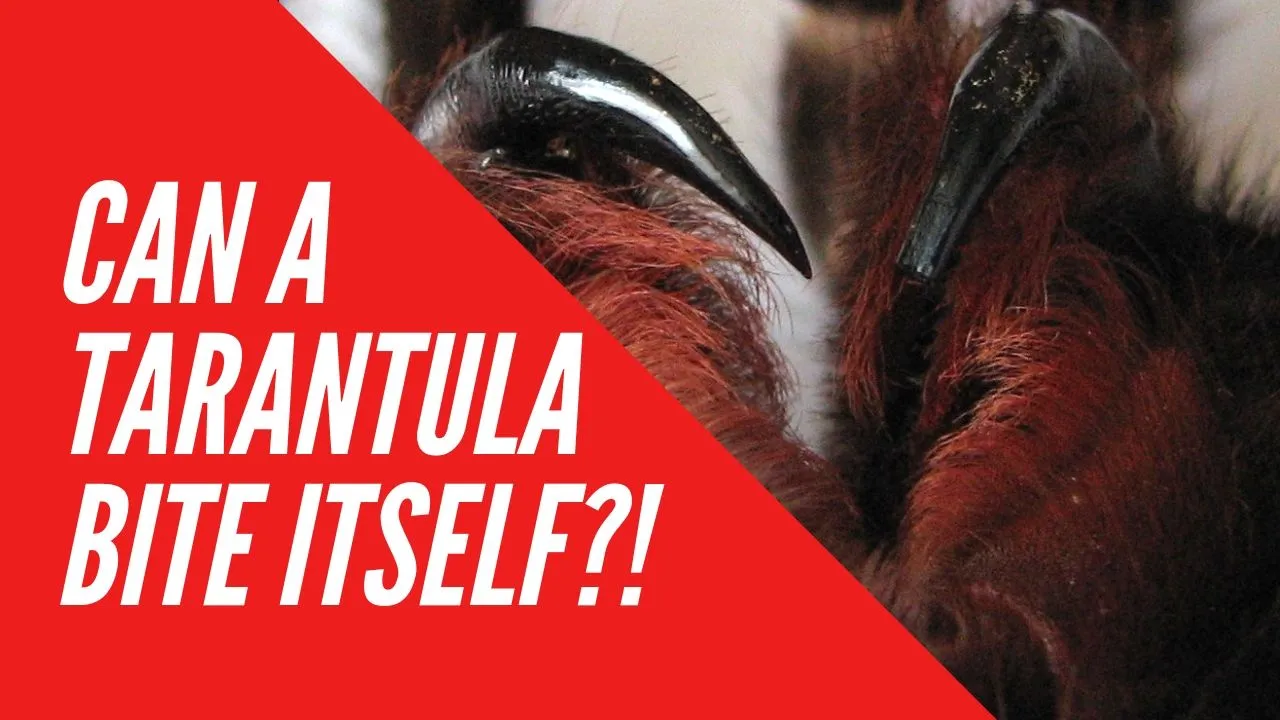
Preventing birdeater tarantula bites is crucial for protecting yourself and others, particularly if you own or interact with these spiders. Understanding the risks and taking proactive measures can significantly reduce the likelihood of bites and ensure safe handling practices. Implementing appropriate safety protocols and understanding the spider’s behavior can help minimize the chances of an encounter. This section focuses on practical steps to reduce the risk of being bitten and on establishing safe practices.
Safe Handling Practices
Safe handling practices are essential for preventing bites. Always handle birdeater tarantulas with extreme care and respect their space. Use long tongs when moving the spider to avoid direct contact. Avoid putting your hands near the tarantula, especially if it appears agitated or defensive. Never provoke the spider. Always wear appropriate protective gear, such as gloves, when handling the tarantula. Being cautious, using appropriate tools, and understanding the spider’s behavior can significantly reduce the risk of being bitten. Always keep a safe distance and avoid any actions that may stress or startle the animal.
Proper Enclosure Maintenance
Proper enclosure maintenance is crucial for the safety of both the tarantula and the handler. Ensure that the enclosure is secure and that there are no gaps or openings where the spider can escape. Regularly clean the enclosure, removing any uneaten food, old molts, and waste. Make sure the enclosure is appropriately sized, and that it provides a safe environment for the spider. Always maintain proper temperature and humidity levels. By following these guidelines, you can minimize the risk of bites by keeping your spider safe and secure.
Conclusion
In conclusion, understanding and managing a birdeater tarantula bite is crucial for anyone who may come into contact with these impressive creatures. Recognizing the symptoms, providing appropriate first aid, seeking medical attention when necessary, and knowing how to prevent future bites are all essential aspects of responsible care and safety. While most bites are not life-threatening, prompt and informed action can significantly reduce discomfort and the risk of complications. By following the guidelines outlined in this article, you can be prepared to handle a birdeater tarantula bite effectively, ensuring the best possible outcome for yourself or others. Always prioritize safety, and seek professional medical advice when needed.
